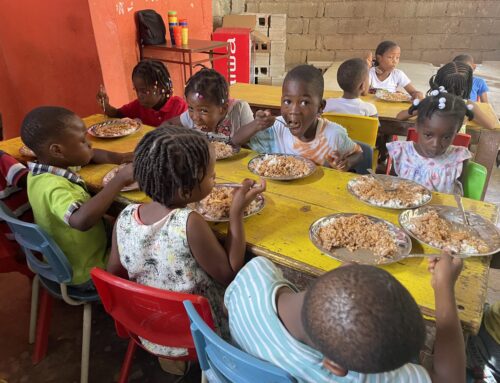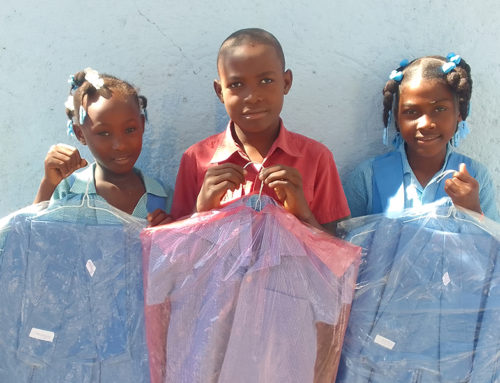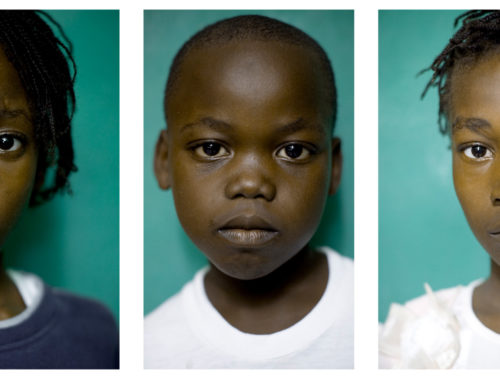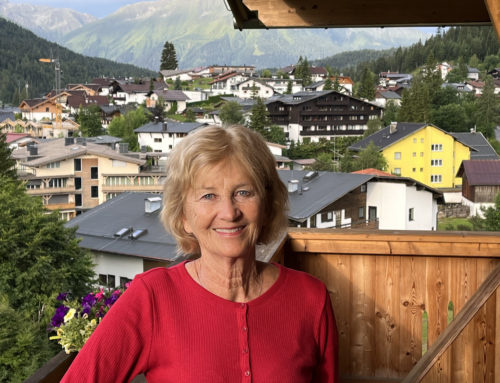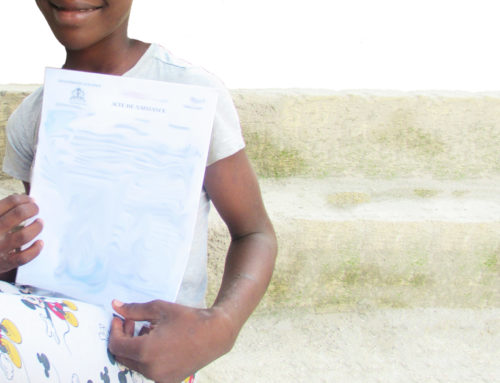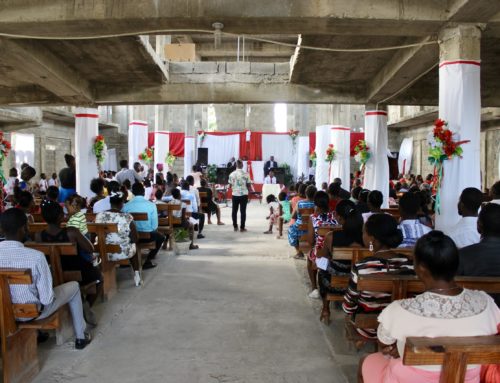
We spend a lot of time talking and thinking about the most important part of Haiti: its people. But part of understanding anyone is understanding where they come from: not just the culture and customs, but also the land itself. So if you’ve ever wanted to know some basics about the beautiful geography of Haiti, you’ve come to the right place.
Haiti Shares an Island
You may have known that Haiti and the Dominican Republic are close neighbors. What you might not know is that they are each part of the same island, called Hispaniola. The Dominican Republic takes up about ⅝ of the land on the east side of the island, the western ⅜ is the country of Haiti. Because it shares a border with the Dominican Republic, about 1,100 miles of Haiti’s border is coastline, but it does share a 224 mile inland border with its neighbor.
Neighboring islands in the Caribbean include Jamaica, Puerto Rico, Cuba, and Turks and Caicos.
Haiti’s territory also includes several small border islands, including the largest, Ile de la Gonave.
Size and Distance Relative to the United States
The United States is about 354 times bigger in land mass than Haiti. To give you a good visual, Haiti is about the same size as Massachusetts – both are in the 10,500-10,700 square foot range.
It’s about a two hour flight between Miami, Florida and Port au Prince, Haiti.
Rough Terrain
Haiti’s land is rough and largely mountainous – about 75% of the country is at about 700 feet. For comparison, states in the U.S. that have mean elevations of about 700 feet include Arkansas, Indiana, Kentucky, and North Carolina.
Haiti’s mountains are interrupted by valleys, and the valleys are important for growing crops. River water can’t reach the mountains well, which makes planting anything difficult. Corn is a strong crop that can be planted in the rainy season.
In the valleys, though, it’s a different story. Rice, beans (red, white, and black), and corn are staple crops, but even they can struggle in the fertile valley. Rainy season can be too rainy, causing landslides, washing away land, and flooding crops.
Climate
Since the United States is such a large country, it contains nearly every type of climate. Haiti, being much smaller, is more consistent: it has a tropical climate, which means that all 12 months have an average temperature of at least 64 degrees and there are only two seasons: hot and wet. In other words, this is not Arizona heat. Haiti is humid.
The most important part of Haiti, of course, is its people. And today in Haiti, 1 in 15 children are in slavery. Restavek Freedom exists to end child slavery in Haiti. Everything that we do is with that mission in mind. Through policy, health care, and community relations, we work on influencing the economics and cultural norms, working toward a restavek-free tomorrow. The most important thing that you can do is stay informed and get involved.


